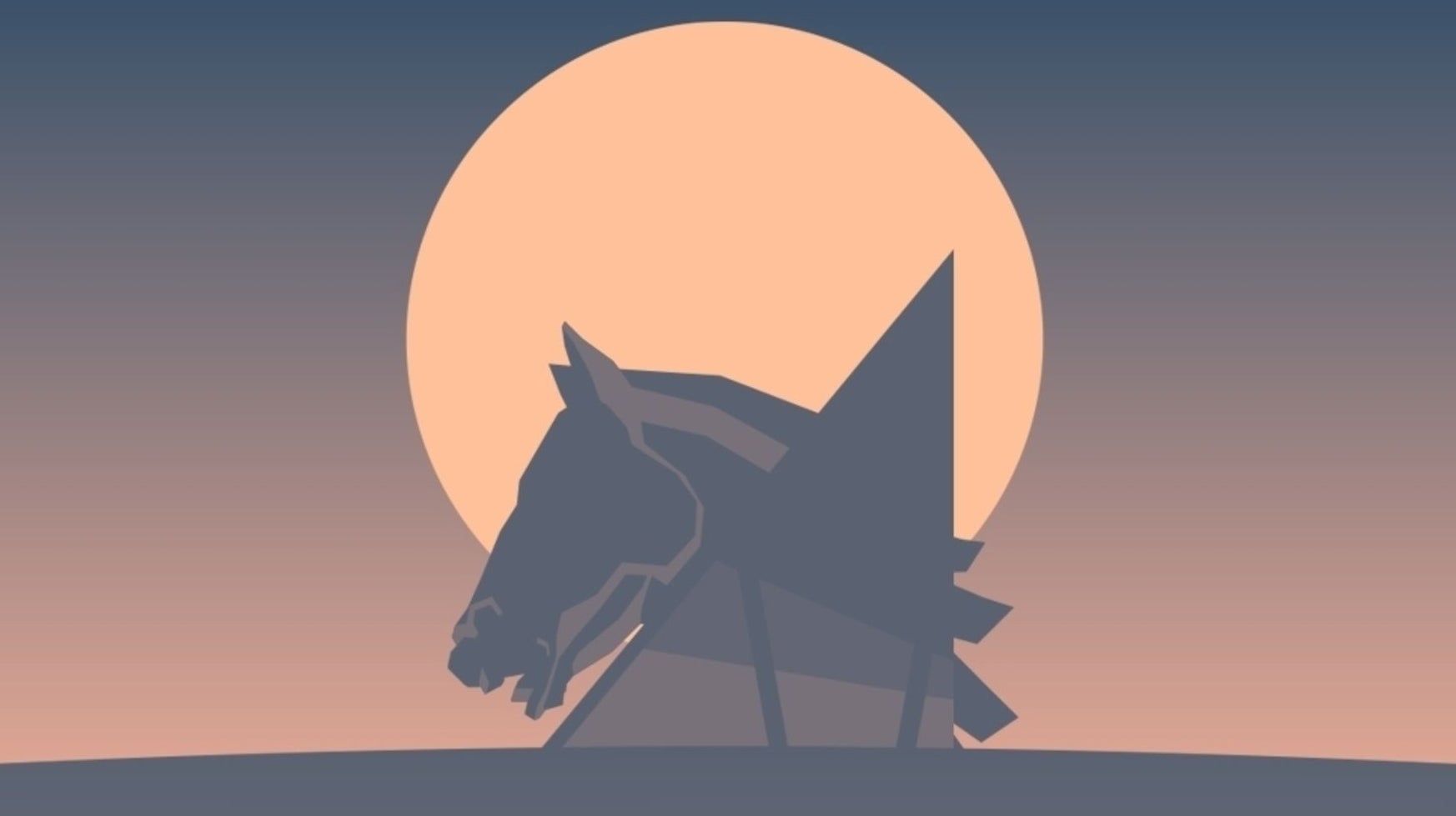A while back, the BBC did a series on the trains that travel across the hills of India. These were services built during British rule, engines still humming along thanks to sheer determination. The last episode visited Shimla, the summer capital of British India, including the Chapslee Estate. It had turned into a small hotel, where the now-deceased Kanwar Singh spoke fondly of its charms. He described his services not as a business selling accommodation or food, but selling an “ambience” of a previous age.
Kentucky Route Zero, a point-and-click adventure that was a decade in the making and that released its final episode in January this year, seems to provide a similar type of ambience, one not based explicitly in time. The story follows Conway, an antiques delivery driver making his final stop, searching for the mysterious eponymous highway in a world drenched with magical-realism.
You might have conjured up images of hillbillies and farming knowing the game is based in Kentucky. But this couldn’t be further from the truth, with designer Jake Elliot, along with Tamas Kemenczy and musician Ben Babbitt, speaking of diverse literature, plays and films, such as the work of Andrei Tarkovsky, all of which provided sources of creative inspiration. “We have a story of somebody making a delivery,” Elliot says during a group video call with me, Kemenczy and Babbitt, “But of course it’s run through with the emotional realities of why they’re doing it and what it means for them. That’s how I’d experience it.”
Kentucky Route Zero: PC Edition Watch on YouTube
To me, this simple explanation demonstrates why the game has been so successful, inviting us not only to follow this austere story, but to begin to explore the world behind these characters and their actions. KRZ reminded me of David Lynch’s The Straight Story and Alexander Payne’s Nebraska, two films that also take place in “middle America” and, a coincidence pointed out to me by Kemenczy, involve older men on road trips. While The Straight Story feels heavy-hearted and wistful, Nebraska shows some of the demographic declines small towns face, with very few characters under the age of 35 even visible throughout the film.
